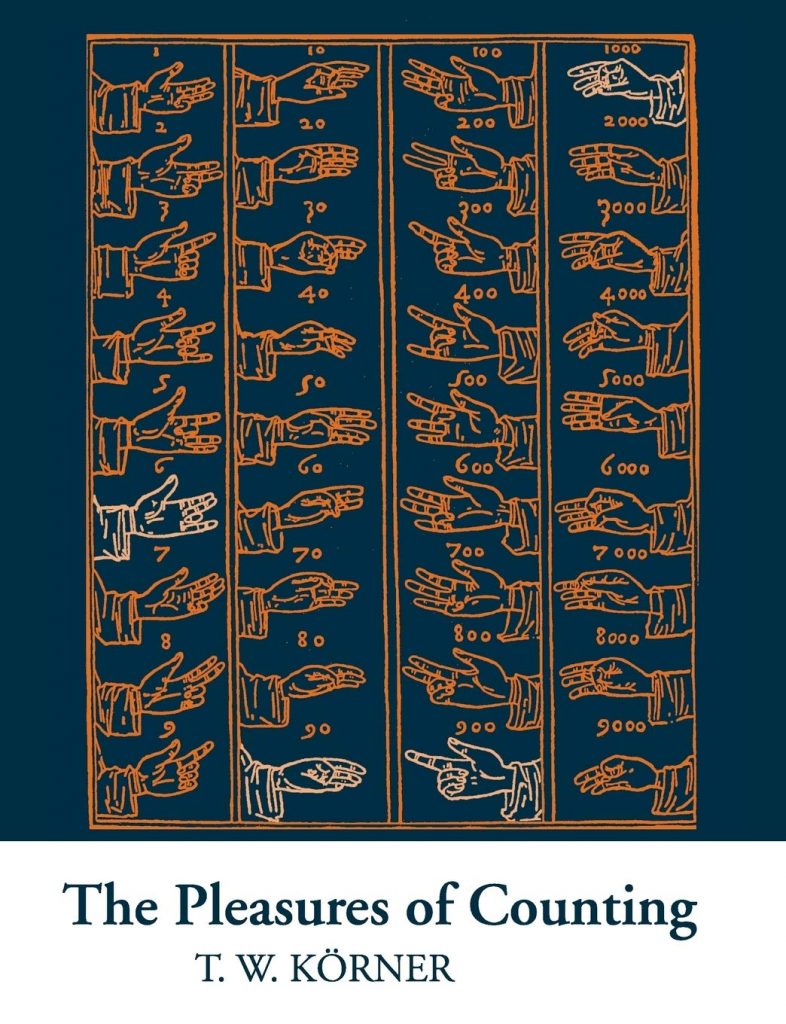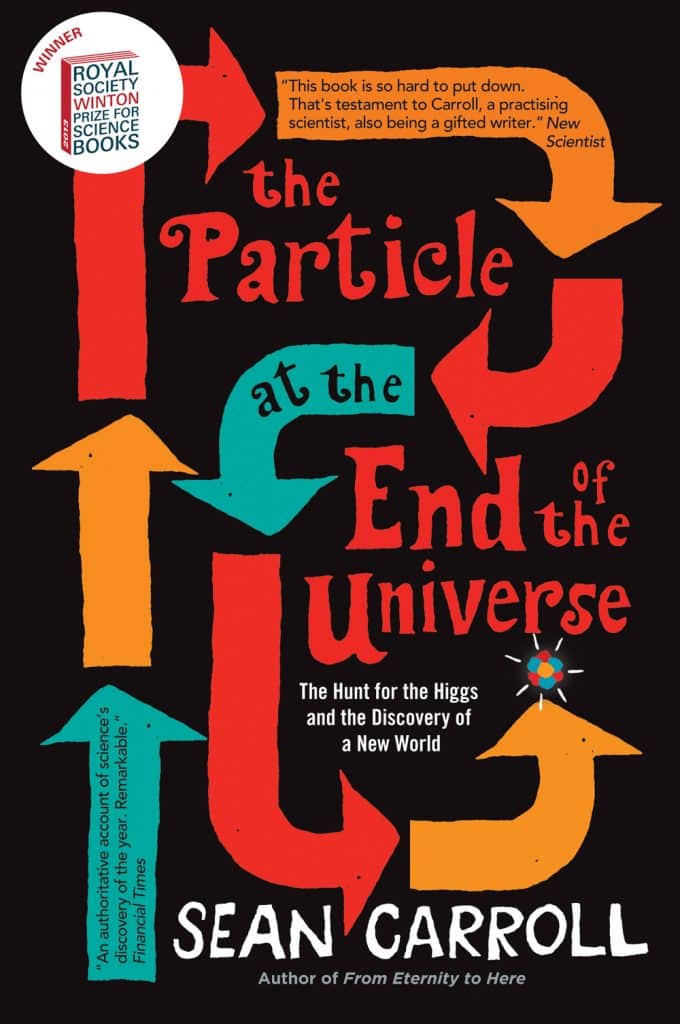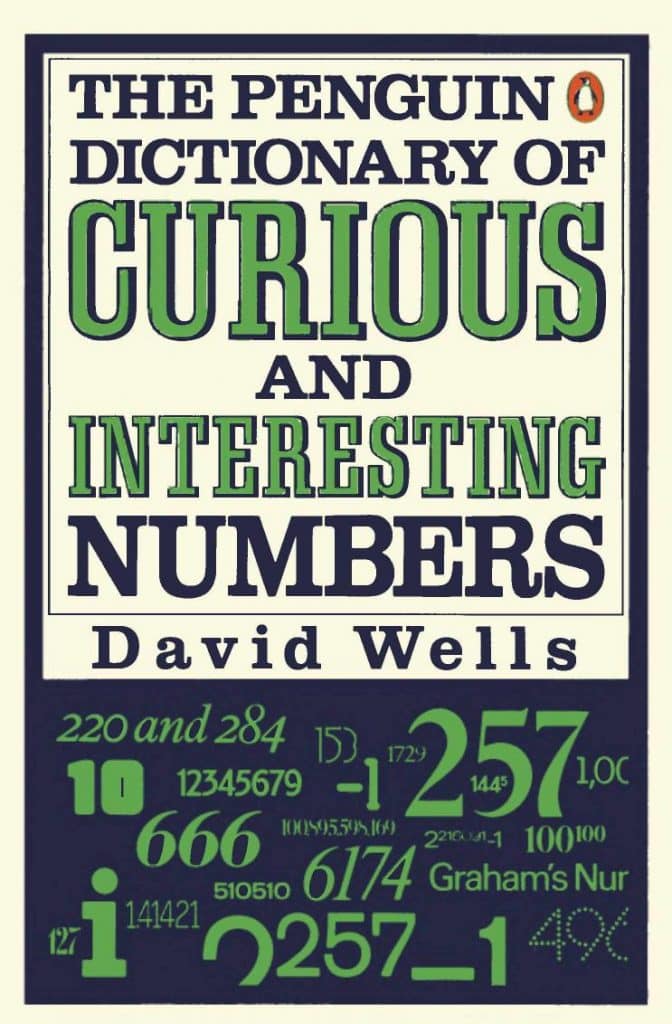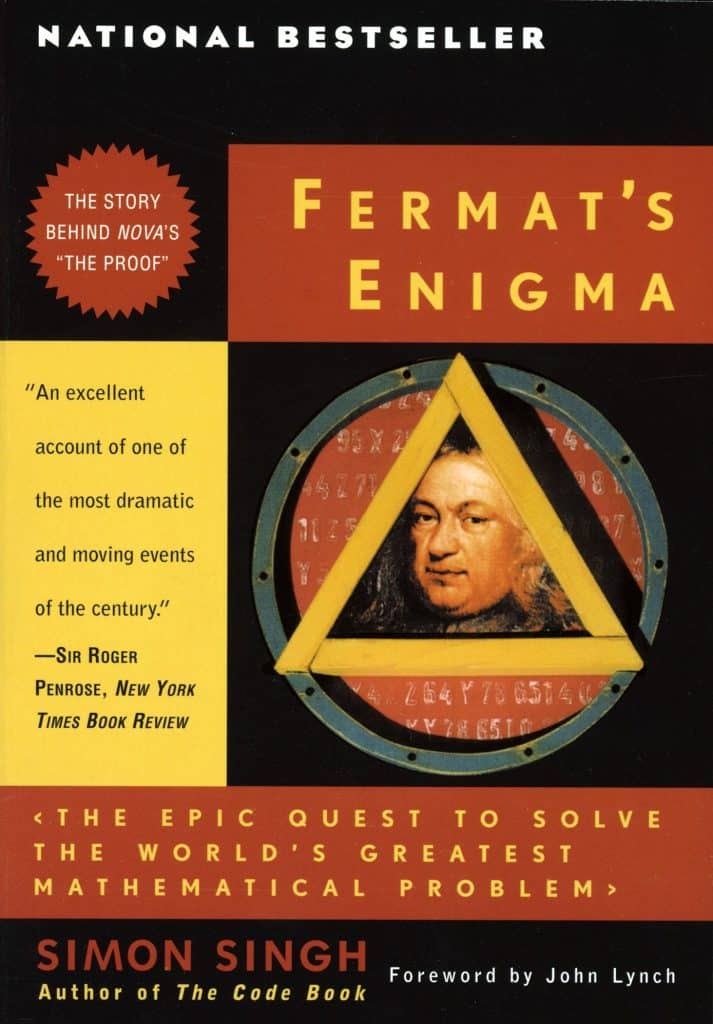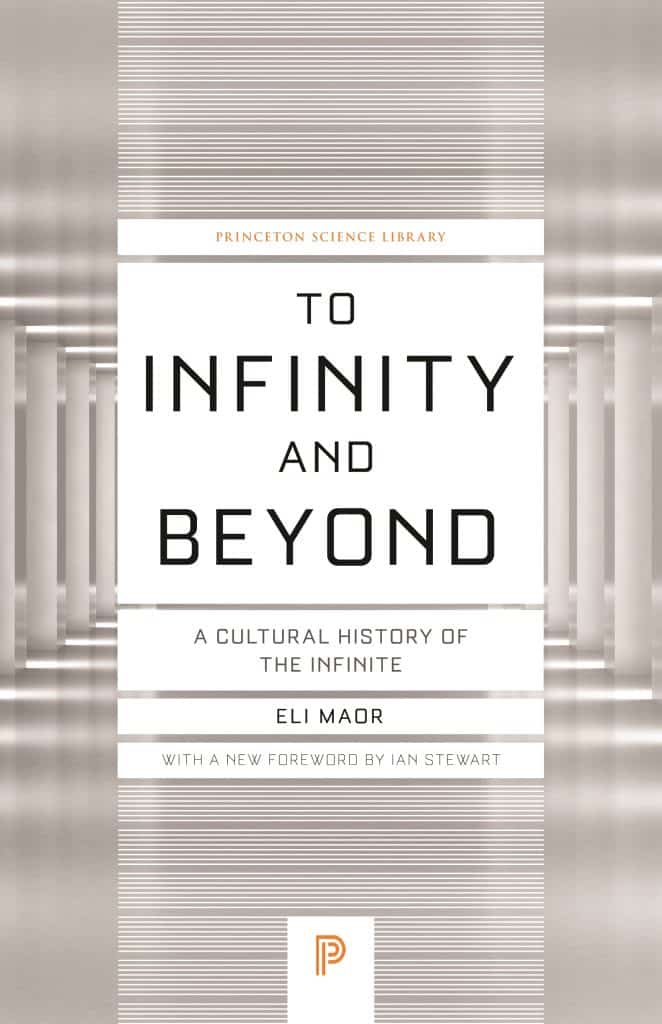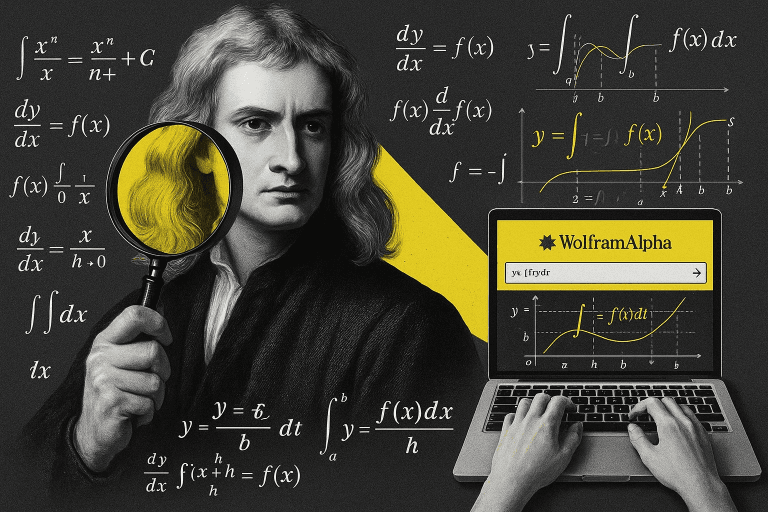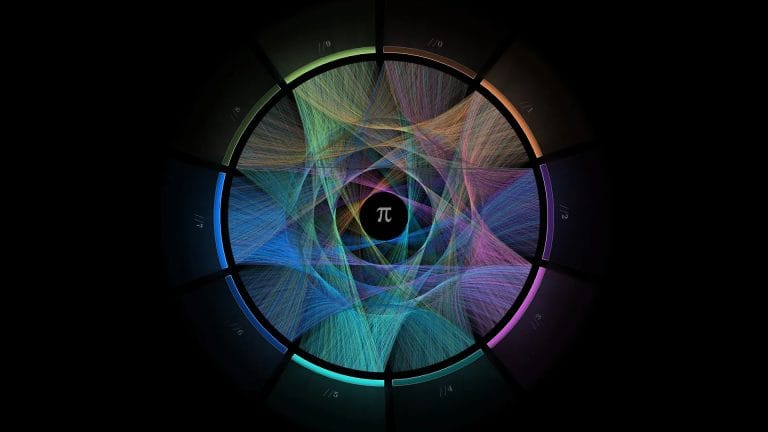Hey, math people! The University of Cambridge prepared a unique list of math books you should read in 2022.
This list of interesting math books you should read is mainly intended for sixth-formers planning to take a degree in mathematics. However, everyone who likes mathematics should look at some very suitable items for less experienced readers, and even the most hardened mathematician will probably find something new here.
What are the most useful math books you should read?
The range of mathematics books now available is enormous. This list contains a few suggestions that you should find helpful. They are divided into three groups: historical and general which aim to give a broad idea of the scope and development of the subject; recreational, from problem books which aim to keep your brain working, to technical books, which give you insight into a specific area of mathematics and include mathematical discussion; and textbooks which cover a topic in advanced mathematics of the kind that you will encounter in your first year at university.
Dr. Körner explores a range of fascinating subjects in this interesting and readable book that continue to fascinate working mathematicians. The subjects span from the cholera outbreak in Victorian Soho to the creation of anchors and the Battle of the Atlantic. The author avoids condescending while explaining issues and using relatively easy terminology and concepts. Find inspiration here if you’re a mathematician looking to describe to others how you spend your working days. Everyone with interest in the applications of mathematics will enjoy this book.
In “The Particle at the End of the Universe,” Caltech physicist Sean Carroll takes readers on a fascinating journey to the heart of one of the most groundbreaking discoveries in recent memory—the Higgs boson. Known colloquially as “The God Particle,” the Higgs boson has captivated the imaginations of both scientists and laymen alike, representing a monumental step in our understanding of the universe and the elusive question of why mass exists.
Carroll skillfully demystifies the complex science behind the Higgs boson and the Large Hadron Collider (LHC) in Switzerland, where thousands of researchers have worked tirelessly, supported by billions of dollars, to uncover the secrets of dark matter. What emerges is a narrative that transcends mere scientific discovery, touching on themes of ambition, politics, financial investment, and the very human qualities of jealousy and self-sacrifice.
One of the book’s strengths is Carroll’s ability to break down the intricacies of particle physics without losing the reader’s interest or dumbing down the content. He guides us through the historical context, the technological marvels of the LHC, and the theoretical implications of the discovery with a clarity and enthusiasm that makes the material accessible to lay readers and satisfyingly informative for those with a deeper understanding of physics.
Beyond the science, “The Particle at the End of the Universe” shines a light on the people and stories behind the headlines. Carroll offers a behind-the-scenes look at the global collaboration required to achieve such a monumental task, highlighting the tensions and triumphs that are as much a part of the story as the particle itself.
The book also raises important questions about the role of physics in the larger context of society. Carroll discusses the immense cost of the LHC and the pursuit of knowledge for its own sake, prompting readers to consider the value we place on understanding the fundamentals of our universe.
In “The Particle at the End of the Universe,” Sean Carroll proves himself to be not just a distinguished physicist, but also a gifted storyteller. His passion for the subject is infectious, making this physics book a compelling read for anyone interested in the cutting edge of science and the mysteries of our universe. Whether you’re a seasoned physicist or simply someone who gazes up at the stars and wonders, Carroll’s book is an invitation to explore one of the most exciting frontiers in science—the search for the fundamental particles that make up everything around us.
Discover the timeless wisdom of George Polya’s How to Solve It, a must-read for anyone interested in mathematics education. Despite its slightly clumsy writing due to Polya being a mathematician and not a native English speaker, this book offers invaluable insights into problem-solving that transcends the realm of mathematics and can be applied to any field.
Polya’s four-step approach to problem-solving is simple yet profound: understanding the problem, devising a plan, executing the plan, and reflecting on the solution. These steps are universally applicable and can be utilized for both basic and complex problems, making them essential for learning and growth. While different writers have made their own revisions to these steps, the core principles remain unchanged.
One of the highlights of this book is its enduring relevance. Not only can the general framework of Polya’s heuristic be applied to various situations, but the “A Short Dictionary of Heuristic” section offers a plethora of valuable insights. Each entry provides a concise essay on different aspects of problem-solving, shedding light on its nature and history. For instance, the distinction between “Problems to Solve” and “Problems to Prove” is particularly eye-opening and encourages deeper understanding.
With its enduring wisdom and practical resources, How to Solve It is a book that deserves a place on every educator’s shelf. It is a true classic in the field of educational literature that can be revisited time and time again for guidance and inspiration.
This intriguing and engaging dictionary, which was first published in 1986, is presented in order of magnitude and reveals the fascinating facts about particular numbers and number sequences, such as very large primes, amicable numbers, and golden squares, to name just a few.
Prepare to be captivated by this thought-provoking book that delves into the world of applied mathematics. In this introspective piece, the author shares their personal journey in the field of numerical analysis, shedding light on the disconnect they feel with present-day mathematicians and mathematics itself.
While reflecting on their career and highlighting biographical details, the author presents a serious and personal contemplation on mathematics, akin to G.H. Hardy’s renowned work. However, A Mathematician’s Apology takes a different path, exploring fascinating new directions.
The author defines numerical analysis as the study of algorithms for continuous mathematics, slightly skirting the boundaries of computer science, which focuses on discrete mathematics. With significant contributions in various areas of numerical analysis, including approximation theory and probability analysis, the author showcases their expertise.
Surprisingly, the author reveals that their work has not been influenced by pure mathematicians, nor have their results impacted the winners of the prestigious Fields Medal. This divide between the theory and proof enthusiasts and the algorithms and computations experts strikes the author as unusual, considering the historical examples of Gauss, Newton, and Euler integrating numerical analysis into their theoretical work.
While acknowledging the productivity of mathematicians on both ends of the spectrum, the author expresses a desire to bridge the gap between them. They find it astonishing that a considerable portion of the mathematical community focuses solely on abstraction and technique, detached from real-world phenomena.
If you yearn for a fresh perspective on applied mathematics and the dynamics of the mathematical community, A Mathematician’s Apology is an absolute must-read.
Fermat’s Last Theorem
xn + yn = zn, where n represents 3, 4, 5, …no solution
“I have discovered a truly marvelous demonstration of this proposition which this margin is too narrow to contain.”
With these words, the seventeenth-century French mathematician Pierre de Fermat threw down the gauntlet to future generations. What came to be known as Fermat’s Last Theorem looked simple, proving it, however, became the Holy Grail of mathematics, baffling its finest minds for more than 350 years. In Fermat’s Enigma–based on the author’s award-winning documentary film, which aired on PBS’s “Nova”–Simon Singh tells the astonishingly entertaining story of the pursuit of that grail and the lives that were devoted to sacrificed for and saved by it. Here is a mesmerizing tale of heartbreak and mastery that will forever change your feelings about mathematics.
British mathematician Alan Turing (1912–1954) made history. He enabled Allied-American control of the Atlantic during World War II by cracking the German U-boat Enigma cipher. However, Turing’s vision extended much beyond the frantic war effort. He developed the idea of the universal machine, the cornerstone of the computer revolution, as early as the 1930s. He was a pioneer in the development of electronic computers in 1945. However, Turing’s actual objective was the scientific comprehension of the mind, which he expressed in his prediction for the twenty-first century as well as in the drama and wit of the well-known “Turing test” for artificial intelligence.
Mathematics is a subject that can often seem intimidating and confusing to those who don’t deeply engage with it. But what exactly is math, and how does it work? In How to Bake Pi, Eugenia Cheng, a math professor, takes readers on a journey to explore the beauty of abstract mathematics. She uses recipes for dishes such as crispy duck and cornbread to illustrate the logic of math, offering an accessible introduction to the subject.
This book goes beyond formulas and symbols from high school math classes, inviting readers to explore cutting-edge mathematical research in a way that is engaging and easy to understand. Cheng’s writing is lively and her explanations are clear, making How to Bake Pi the perfect guide for anyone looking for a new way to appreciate mathematics.
“Infinity, as it relates to mathematics and art, is examined in the book To Infinity and Beyond. Eli Maor investigates the function of infinity and its cultural effects on the humanities and sciences. From the “horror Infiniti” of the Greeks to the works of M. C. Escher; from the ornamental designs of the Muslims to the sage Giordano Bruno, whose belief in an infinite universe led to his death at the hands of the Inquisition, he invokes the profound intellectual influence the infinite has exercised on the human mind. The book mostly discusses the mathematician’s obsession with infinity, which is a combination of intrigue and perplexity.
“
“In the past, many of the most significant mathematical ideas came from challenges that were purely amusing. This book makes use of the idea that students can learn how to think critically by employing games, riddles, and problems from recreational mathematics. The book focuses less on mathematical findings but on how these insights might be applied to thinking about problems and fixing them, encouraging active engagement rather than passive observation.
The problems in each chapter cover a wide range of topics, including logic, number and graph theory, two-player strategic games, solitaire games and puzzles, and much more. Exercises test readers’ problem-solving skills while sample problems (which are solved in the text) whet readers’ appetites and spur conversation. Practice problems help readers understand mathematical concepts. Appendices provide details on fundamental algebraic operations and mathematical inductions, and other useful addenda provide solutions to some problems as well as tips and solutions. This Dover version includes a sizable probability supplement for the first time. On the Dover website, a free solution manual is available for download.”


